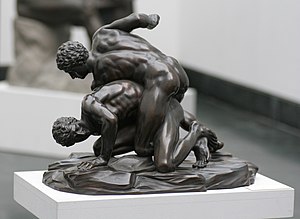| Millennium: | 1st millennium BC |
|---|---|
| Centuries: | |
| Decades: | |
| Years: | |
| 648 BC by topic |
| Politics |
|---|
| Categories |

The year 648 BC was a year of the pre-Julian Roman calendar. In the Roman Empire, it was known as year 106 Ab urbe condita . The denomination 648 BC for this year has been used since the early medieval period, when the Anno Domini calendar era became the prevalent method in Europe for naming years.